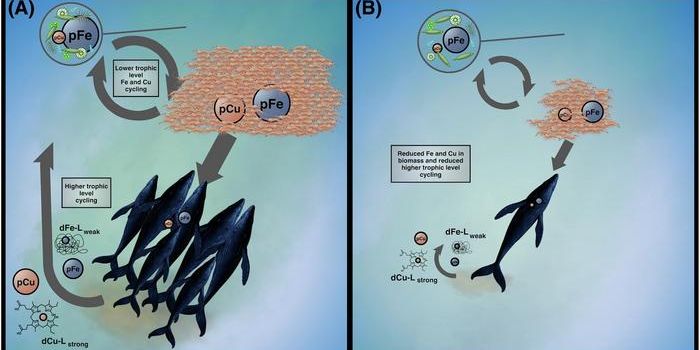Cut the ozone, help the plants
Researchers from the University of Exeter report in Nature Climate Change their findings of a new "natural climate solution”: reducing emissions of ozone-forming gases. Their idea is formed on the basis that ozone limits plants’ photosynthetic abilities; therefore, cutting ozone-producing gases could greatly increase photosynthesis globally and significantly increase carbon capture.
Professor Nadine Unger, of the University of Exeter, elaborates: "Ecosystems on land currently slow global warming by storing about 30% of our carbon dioxide emissions every year. This carbon capture is being undermined by ozone pollution. Our findings suggest the largest losses of plant productivity are in the eastern United States, Europe, and eastern China, which all have high levels of surface ozone pollution. The impact on plant growth in these areas is estimated to be 5-20% annually."
Professor Unger and colleagues suggest that a 50% reduction in emissions of nitrogen oxides, carbon monoxide, volatile organic compounds, and methane (all of which combine to form ozone in the atmosphere) could have huge implications for plants. But where exactly should we focus on that reduction?
According to the study, there are seven areas of human-made sources that account for the highest levels of emissions: are agriculture, residential, energy, industry, road transportation, waste/landfill and shipping. Road transport is the largest emitter, so the study targets this industry as a good starting place. Already, some progress has been achieved, the authors state.
"Deep cuts in air pollutant emissions from road transportation and the energy sector are the most effective mitigation measures for ozone-induced loss of plant productivity in eastern China, the eastern United States, Europe and globally," said Professor Unger.
While the authors admit that a 50% reduction is ambitious, they say that it is possible. "Our results suggest mitigation of ozone vegetation damage is a unique opportunity to contribute to negative carbon emissions, offering a natural climate solution that links fossil fuel emission abatement, air quality and climate. However, achieving these benefits requires ambitious mitigation efforts in multiple sectors."
Sources: Nature Climate Change, Science Daily









